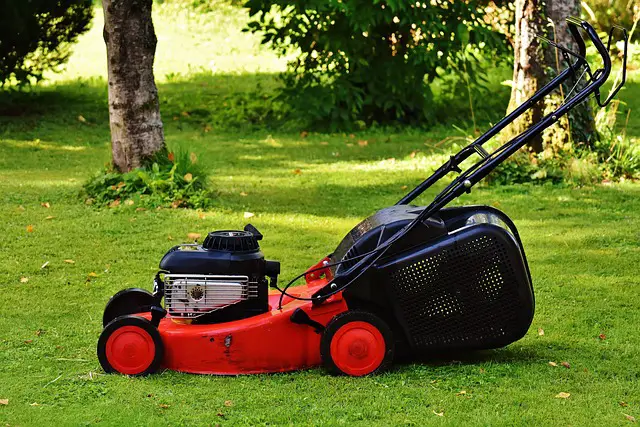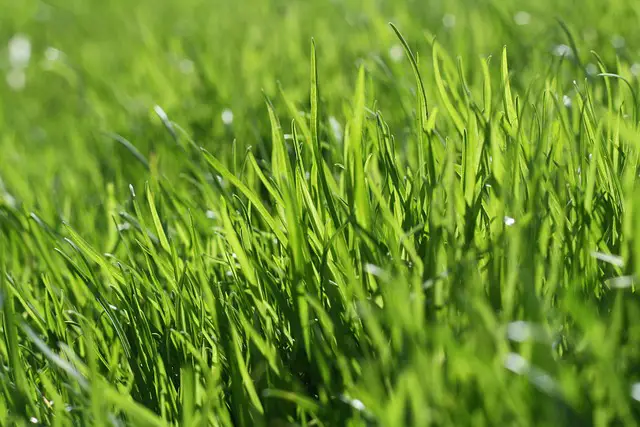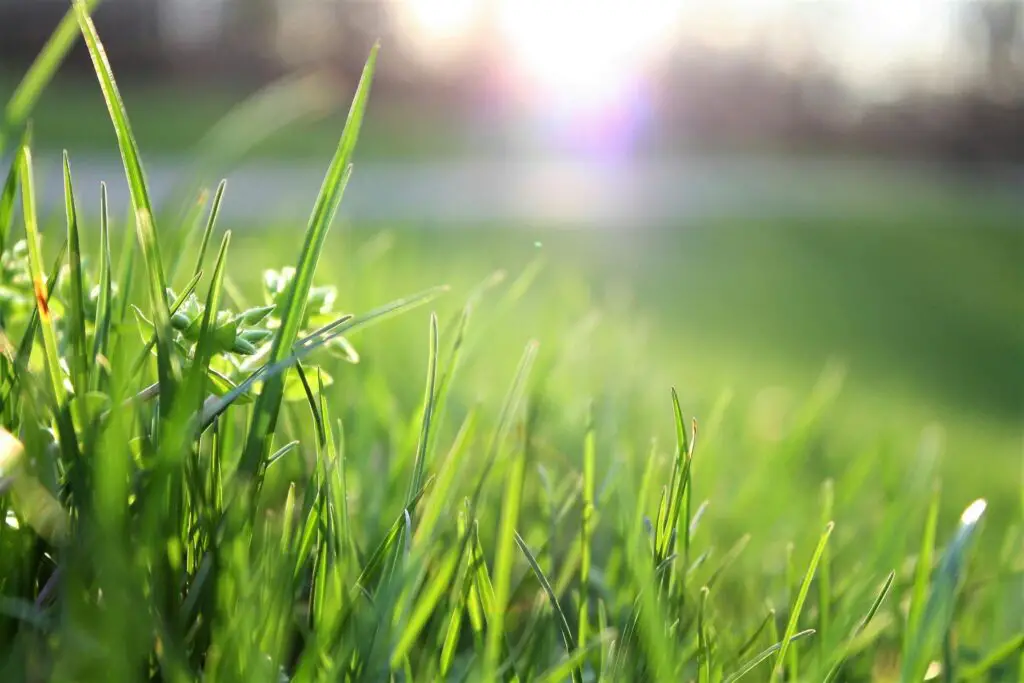There is nothing that improves a home’s kerb appeal more than a lush, verdant grass. It’s a source of pride, a space for play, and a relaxing natural carpet that adds serenity to your outdoor living. But keeping your lawn lush and healthy all year long isn’t just about watering and mowing randomly—it’s about smart, consistent care. With these 10 expert hacks, you’ll learn proven strategies to transform your lawn into the envy of the neighborhood, no matter the season or soil type.
- 1 Lawn Care
- 2 1. Start With a Soil Test—Your Lawn’s Health Report
- 3 2. Choose Grass That Matches Your Climate
- 4 3. Mow High and Often—Not Short and Rarely
- 5 4. Water Deeply and Less Frequently
- 6 5. Feed the Lawn With the Right Fertiliser
- 7 6. Mulch Your Clippings Instead of Bagging Them
- 8 7. Keep Weeds in Check With Pre-Emergents
- 9 8. Aerate the Soil to Breathe Life Into Your Lawn
- 10 9. Overseed to Fill Bare Spots and Improve Density
- 11 10. Stick to a Seasonal Maintenance Schedule
- 12 Final Thoughts
Lawn Care

1. Start With a Soil Test—Your Lawn’s Health Report
The secret to a great lawn begins beneath your feet. Performing a soil test may sound technical, but it’s one of the easiest and most powerful steps you can take. This test reveals the pH level and nutrient balance of your soil—essential information that tells you exactly what your lawn needs.
A healthy lawn grows best in soil with a pH between 6.0 and 7.0. Your lawn will have trouble absorbing nutrients if the pH is wrong, regardless of how much fertiliser you use. You can pick up a soil test kit at most garden centres or send a sample to your local extension office. Adjust the soil with lime to raise the pH or sulphur to lower it. Think of it as giving your lawn a physical check-up before any treatment begins.
2. Choose Grass That Matches Your Climate
All grass types aren’t equal, and using the wrong kind can set you up for frustration. Different grasses are suited for different climates, so selecting the right variety is critical. For warmer climates in the southern U.S., go for warm-season grasses like Bermuda, St Augustine, or Zoysia. These kinds do best in broad light and heat.
If you’re in the north, cool-season grasses like Kentucky Bluegrass, Ryegrass, or Fescue are your best bet, as they handle cold temperatures well and stay green longer in fall. Consider how much sun or shade your lawn gets too—some varieties are more shade-tolerant than others. Choosing region-appropriate grass means less maintenance, lower water use, and year-round beauty.
3. Mow High and Often—Not Short and Rarely
Many people make the mistake of mowing their lawn too short, believing it will reduce how often they have to cut. But this “scalping” method weakens the grass and makes it more vulnerable to heat, weeds, and disease. The one-third rule, which states that you should never trim more than one-third of the grass blade at once, is advised by experts.
This means that the grass on most lawns should be kept between 2.5 and 4 inches in height. Taller grass shades the soil, helping it retain moisture and preventing weed seeds from germinating. Also, keep your mower blades sharp. Instead of cutting the grass neatly, dull blades rip it, resulting in brown tips and more water loss. Regular mowing with sharp blades encourages thick, healthy turf.
4. Water Deeply and Less Frequently
Proper watering is one of the most misunderstood aspects of lawn care. Many homeowners water their grass every day, thinking it’s doing good, but this creates shallow root systems that can’t withstand drought or heat. Instead, only water once or twice a week, but deeply enough to wet the soil about six inches down.
This encourages roots to grow deeper, making your lawn more resilient and self-sustaining. Early morning is the best time to water because it reduces evaporation and gives the grass time to dry, preventing fungal diseases. Use a rain gauge or a tuna can to measure how much water your lawn gets each week (aim for about 1 inch total). Smart watering conserves water and promotes long-term health.
5. Feed the Lawn With the Right Fertiliser
. To grow thick and lush, your lawn requires the proper nutrients at the right times, so think of fertiliser as its nourishment. A slow-release nitrogen fertiliser is a great choice because it feeds the grass steadily over time without overwhelming it. Early spring is the best time to begin fertilisation, followed by late spring, summer, and early fall.
But don’t overdo it—over-fertilising can burn the grass and lead to excessive growth, which attracts pests and diseases. Make sure to water the lawn after applying fertiliser unless you’re using a liquid formula. Also, sweep any leftover fertiliser off sidewalks or driveways to avoid polluting nearby water systems. Feeding your lawn properly keeps it looking rich and vibrant throughout the year.
6. Mulch Your Clippings Instead of Bagging Them
If you’re still bagging your grass clippings, it’s time to stop. Mulching is a lawn care game-changer. Mulching mowers cut clippings into fine pieces and return them to the soil, where they decompose quickly and feed your lawn naturally with nitrogen and organic matter.
This not only reduces your fertiliser costs but also improves soil texture and water retention over time. Mulching also reduces waste and saves you time—no more emptying bags or hauling clippings to the kerb. As long as you’re mowing regularly and not letting the grass grow too tall between cuts, your clippings will break down easily and leave no mess behind.
7. Keep Weeds in Check With Pre-Emergents
Once weeds appear, they can spread rapidly and ruin the uniform beauty of your lawn. That’s why proactive weed control is essential. A pre-emergent herbicide works by forming a barrier in the soil that stops weed seeds from sprouting—especially effective against crabgrass and dandelions.
Apply it in early spring before soil temperatures hit 55°F. For existing weeds, use a post-emergent spot treatment designed for your grass type. Be careful not to apply herbicides on newly seeded lawns, and avoid using them during droughts, as this can stress the grass further. Managing weeds early saves you from hours of back-breaking labour later.
8. Aerate the Soil to Breathe Life Into Your Lawn
Foot traffic, mowing, and natural settling cause the soil on your lawn to get compacted over time. Compacted soil hinders airflow and makes it difficult for roots to receive nutrients and water. The solution? Core aeration. This process involves removing small plugs of soil to relieve pressure and create pathways for nutrients and oxygen.
Aerating once a year—preferably in the fall for cool-season grass or in the spring for warm-season grass—stimulates root growth and enhances lawn thickness. You can rent a core aerator or hire a professional for larger yards. Aeration also helps break up thatch, the layer of dead grass and roots that can suffocate your lawn if it becomes too thick.
9. Overseed to Fill Bare Spots and Improve Density
Patchy, thin lawns aren’t just an eyesore—they’re also more vulnerable to weeds and erosion. Spreading fresh grass seed over an existing lawn to increase its thickness and vitality is known as overseeding. It’s best done after aeration, as the open holes provide excellent seed-to-soil contact.
Choose high-quality grass seed that matches your current lawn type, and use a starter fertiliser to promote strong root development. Water often and sparingly until the new grass takes root. Cool-season lawns are often best tended in the fall, and warm-season grasses are best tended in the spring. The result? A thicker, more resilient lawn that looks fresh and full.
10. Stick to a Seasonal Maintenance Schedule
Consistency is the golden rule of lawn care. Rather than reacting to issues as they arise, create a seasonal lawn care calendar and stick to it. In spring, focus on fertilising, pre-emergent weed control, and seeding. Summer is for mowing, watering, and managing pests.
Fall is ideal for aeration, overseeding, and preparing your lawn for winter. Even in winter, occasional raking and checking for snow mould can help your lawn bounce back quickly when spring arrives. A little attention every week goes a long way. By keeping your lawn care routine consistent and aligned with the seasons, your grass will thank you with year-round beauty.
Final Thoughts
Lawn care doesn’t have to be complicated—it just needs to be smart and consistent. These ten professional tips provide a dependable guide for turning any patchy, dead yard into a verdant haven. Whether you’re just starting out or refining your lawn care game, the key is understanding your soil, choosing the right grass, and giving your turf exactly what it needs at the right time. With a bit of effort and the right techniques, your lawn won’t just survive—it will thrive.




